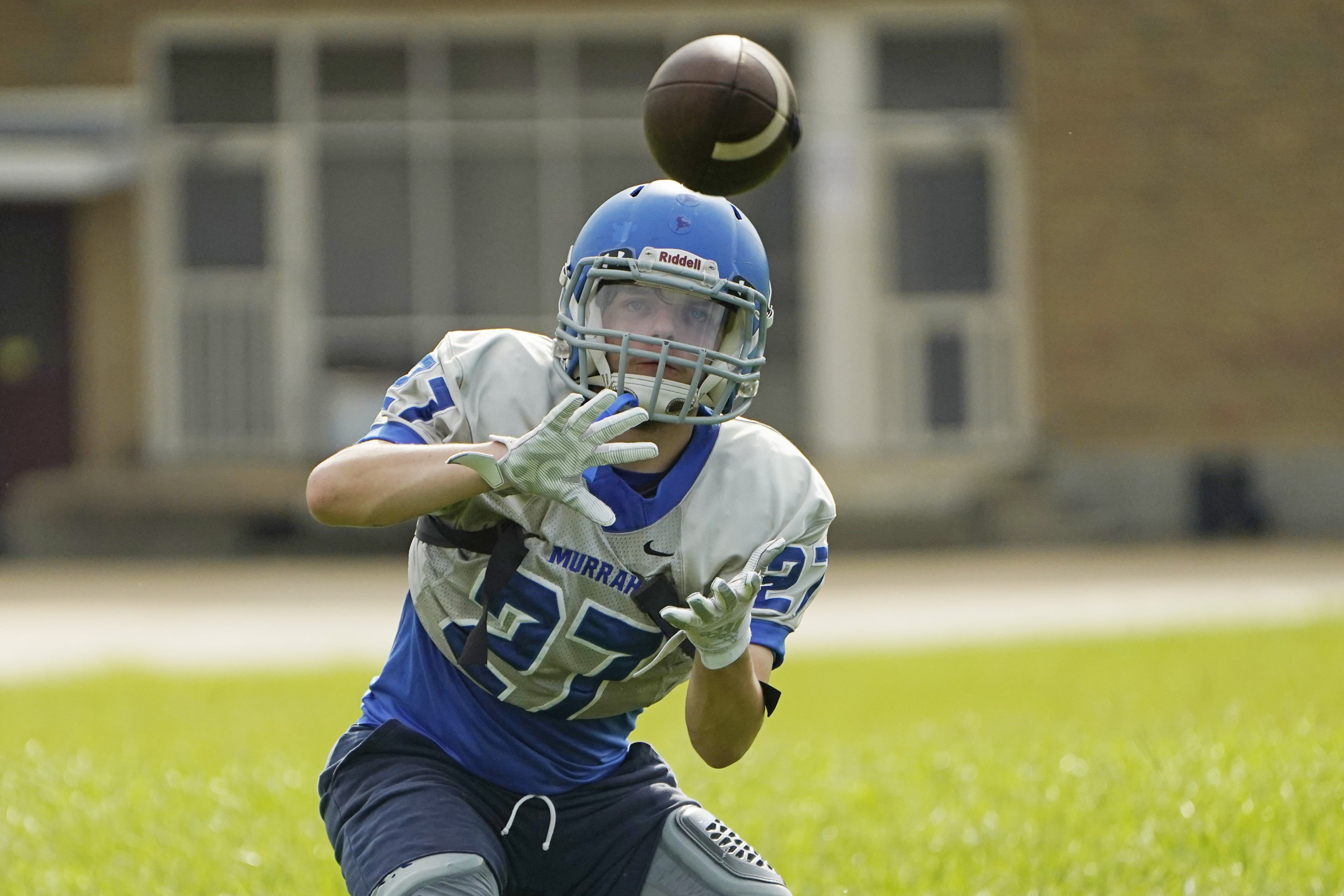Building an Emergency Action Plan
An emergency action plan (EAP) for youth football lays out what to do in the event of an emergency to help keep players, coaches, staff, and spectators safe.
Here’s what should be included:
Roles and Responsibilities: Clearly define who is responsible for specific actions during an emergency (e.g., head coach, athletic trainer, team doctor, event staff).
First Responders: Identify trained personnel (e.g., first aid certified, CPR certified) and their roles.
Chain of Command: Outline the hierarchy for decision-making during an emergency.
Contact Information: List emergency contact numbers (e.g., local emergency services, nearest hospital, team doctor, athletic trainer).
Communication Methods: Detail how communication will be carried out (e.g., radios, cell phones, intercoms) and provide backup options.
Incident Reporting: Specify procedures for documenting and reporting the incident.
Location of Equipment: Identify the location of first aid kits, Automated External Defibrillators (AEDs), splints, stretchers, and any other necessary emergency equipment.
Accessibility: Ensure equipment is easily accessible and that personnel are trained to use it.
Maintenance: Outline procedures for regular inspection and maintenance of emergency equipment.
Venue Map: Include a detailed map of the facility, highlighting emergency exits, AED locations, and access points for emergency vehicles.
Emergency Access Routes: Ensure clear access routes for emergency vehicles and personnel.
Specific Venue Information: Provide specific instructions for different venues if applicable (e.g., indoor vs. outdoor facilities).
Transportation Procedures: Ensure a system is in place to get an injured or ill person to a medical professional or emergency room in a timely manner.
Medical Emergencies: Outline steps for managing common medical emergencies (e.g., cardiac arrest, concussion, heat-related illnesses, fractures).
Non-Medical Emergencies: Include procedures for other potential emergencies (e.g., fire, severe weather, power outages).
Evacuation Procedures: Detail how to safely evacuate the facility in different scenarios.
Follow-Up Care: Provide guidelines for post-incident care, including medical evaluation and psychological support if necessary.
Debriefing: Outline procedures for a debriefing session to evaluate the response and identify areas for improvement.
Incident Reporting: Include a protocol for completing and submitting incident reports to relevant authorities or organizations.
Regular Drills: Schedule regular emergency drills to ensure all personnel are familiar with the EAP and can execute it effectively.
Education: Provide ongoing education and training for players, coaches, and staff on emergency procedures and equipment use.
Compliance: Ensure the EAP complies with local, state, and federal regulations, as well as sport’s governing body guidelines.
Confidentiality: Maintain confidentiality of medical information and ensure the privacy of those involved in any emergency.
Regular Updates: Regularly review and update the EAP to account for changes in personnel, venue, equipment, or regulations.
Feedback: Incorporate feedback from emergency drills and real incidents to improve the plan.
An effective EAP is a living document that evolves with the needs of the sports program and should be regularly reviewed and rehearsed to ensure readiness.
Adverse Weather Preparation
Staying ahead of the game and planning for extreme weather is key to the well-being of coaches, players, and fans. Here are a few tips for being prepared for adverse weather:
MONITOR WEATHER CONDITIONS
Regularly check weather forecasts leading up to the game or practice. Use reliable sources and stay updated on potential changes, especially on game day.
HAVE A CONTINGENCY PLAN
Develop a detailed plan for different weather scenarios, including lightning, extreme heat, heavy rain, or snow. Ensure all team members, coaches, and staff know the plan and their roles.
STAY HYDRATED AND PROTECTED
Encourage players to stay hydrated in both hot and cold conditions. In the heat, ensure access to shaded areas and cool water, and in cold weather, make sure players have proper layers and are shielded from wind and moisture.
CHECK AND PREPARE EQUIPMENT
Ensure all gear and equipment are suitable for adverse weather. This includes using moisture-wicking clothing, appropriate footwear for slippery conditions, and properly maintained field or court surfaces.


WARM-UP AND COOL DOWN
Adjust warm-up routines to match the weather conditions. In cold weather, extended warm-ups may be necessary to prevent muscle injuries, while in extreme heat, modify activities to prevent overheating.
KNOW WHEN TO STOP
Prioritize safety over the game. If weather conditions become dangerous, be prepared to pause or cancel the event. Have clear criteria for making this decision and communicate it to all participants ahead of time.
COMMUNICATION IS KEY
Establish a clear line of communication for updates on weather conditions and potential delays. Ensure all participants, including spectators, are informed of any changes promptly.
EMERGENCY RESPONSE PLAN
Have an emergency response plan in place that accounts for weather-related incidents, such as heatstroke or hypothermia. Ensure medical personnel are trained to handle these situations.































